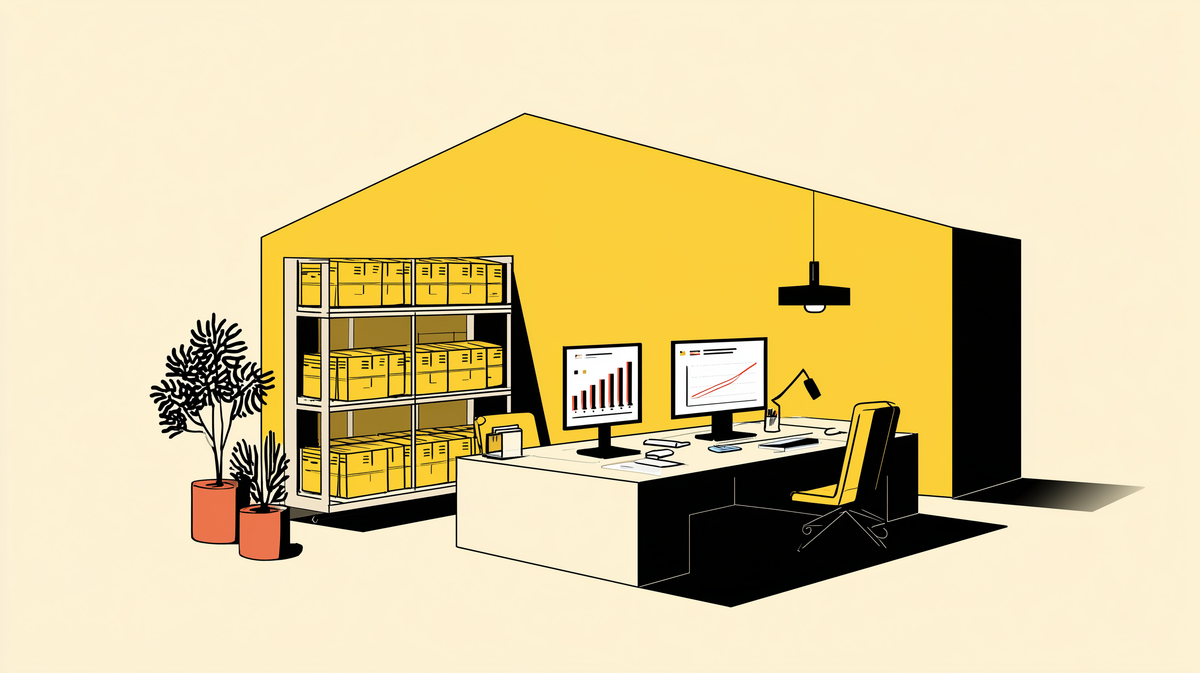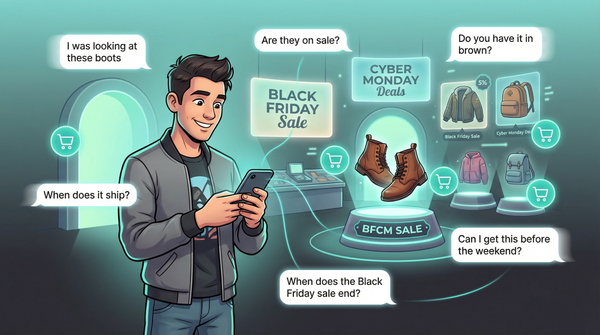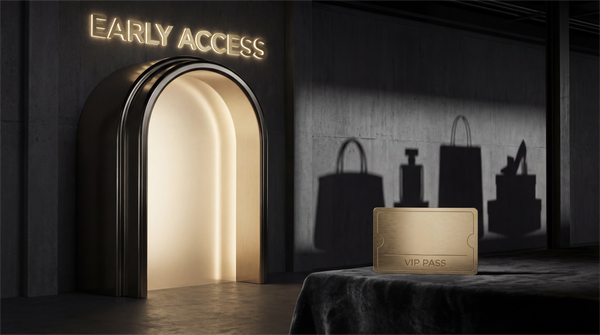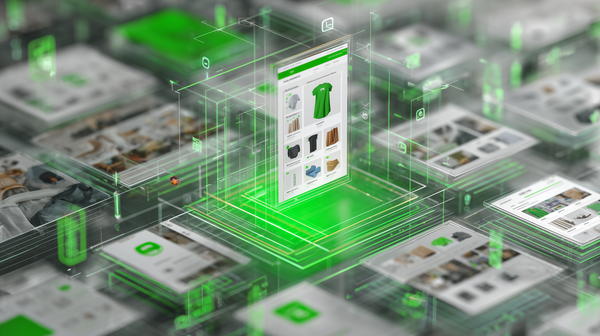Prime Day 2025: Shopify DTC Brands Navigate Amazon’s 4-Day Sale

Amazon turned Prime Day into a 96-hour event this year (July 8–11), and the rest of the internet had to play catch-up. With $23.8B in projected U.S. online spend across all retailers—a 28.4% jump YoY—it was less a shopping holiday and more a mid-summer retail land grab (Adobe).
But the extended format changed shopper behavior. Day 1 sales were down 41% for one major Amazon partner, thanks to what they called the “treasure hunt effect”—customers browsing, waiting, and pulling the trigger later in the week (BoF). That slower burn made it harder for DTC brands to predict ad ROI, run counter-programming, or even know when to show up.
So what did smart operators do? They either:
- Rode the wave with Prime-aligned sales,
- Got loud with cheeky anti-Prime positioning, or
- Paused spend and picked smarter spots.
Let’s get into what actually worked—and what’s changing about Prime Day for Shopify-native brands.
Prime’s Not Just for Amazon Anymore
The halo effect is real. During Prime Day 2023, non-Amazon retailers pulled in $12.7B, nearly matching Amazon’s own sales at $12.9B (Linearloop). In 2024, that number jumped to $14.2B—proof that deal-hungry customers are primed to shop anywhere with urgency baked in.
This year, 14% of Prime members said they’d shop more off-Amazon because the sale ran longer (eMarketer). Target, Walmart, and Kohl’s all extended their own July events to capture overflow demand (Retail Brew).
Bottom line: even if you’re a Shopify purist, your customers are in a deal-shopping mindset all week. If you’re not in the mix, you’re invisible.
The “Anti-Prime” Playbook: Counterprogramming That Converts
Plenty of DTC brands leaned into Prime Day with their own promos. Brooklinen offered 15% off across both Amazon and their own site. “We know there’s demand this week,” their VP of Marketing said. “So we’re keeping the sale consistent across both channels” (Linearloop).
Others flipped the script entirely. NuGo Nutrition ran a “Better Than Prime Day” campaign two days before Prime kicked off, complete with limited lightning deals and snappy copy: “Skip the Bezos tax.”
One candy brand went even earlier with a “Licorice Prime Time” sale. The common thread? Owning the narrative. Whether you match Amazon’s playbook or subvert it, you’re still benefiting from the attention without relying on the platform.
Operator tip: If you sell on both Amazon and your own site, keep your pricing aligned—or make sure the direct experience adds more value (bundles, free gift, loyalty points). Consistency builds trust. Confusion kills conversion.
Ads? Maybe. Timing? Absolutely.
Here’s the part most brands get wrong: running paid media with no angle.
Founders told us Prime Day CPCs were “brutal” this year. If you weren’t offering a discount, many paused campaigns entirely. One DTC operator said, “Running Facebook ads on Day 1 felt like shouting into a storm.”
Others doubled down—but only if their sale was conversion-worthy. Branded campaigns leaned into urgency without mentioning “Prime” directly (legal risk + ad fatigue). Think:
- “Summer Cyber Sale – 48 Hours Only”
- “Not a Prime Member? Still Get the Deal”
According to Linearloop, search and referral traffic to non-Amazon retailers jumped 50%+ during Prime week. Customers were actively comparing. Smart brands knew when—and how—to intercept them.
DTC Brands Are Staggering Sales, Not Spamming Discounts
One underrated move this year? Spacing out the offer calendar.
Instead of a blanket discount all week, some brands split their promos:
- Day 1: 25% off bestsellers
- Day 2: BOGO bundles
- Day 3: Free shipping + gift
- Day 4: Final hours / last-chance countdown
It mirrors Amazon’s daily themed deals and creates multiple reasons to re-engage. You also avoid training your list to ignore Day 1.
And don’t be afraid to email more than once. A pre-launch teaser, mid-week update, and “last call” SMS isn’t overkill—it’s a necessity. Inbox chaos is part of Prime Day. The brands that break through follow up.
What Happens After Prime Day Matters More Than What You Sell
If Prime Day has a lasting effect, it’s this: it raises the bar for fast, cheap, and easy. That leaves most Shopify brands trying to bridge the expectation gap.
Here’s how some are doing it:
Shipping Expectations
Amazon just reminded everyone what 1–2 day shipping feels like. Some brands responded by:
- Upgrading to 2-day shipping during Prime Week
- Emphasizing fulfillment transparency (“Ships in 24 hours” badges)
- Leveraging Buy with Prime on their Shopify sites to offer Amazon logistics with their own brand front (Retail Brew)
If you’re not fast, be clear. If you’re not cheap, offer something Amazon can’t—support, experience, or values.
Discount vs. Value
Shoppers expect deals in July. That doesn’t mean you have to nuke your margins.
Instead, build around value:
- Use Prime Week to grow your loyalty or subscription base
- Highlight your mission, product quality, or customer reviews
- Make the path to purchase frictionless—this is where LiveRecover shines. It brings back high-intent shoppers who abandon checkout by following up with real humans over SMS, often closing the sale before the cart goes cold
As Gartner’s Brad Jashinsky put it: “The opportunity is turning a deal shopper into a long-term customer” (Retail Brew).
Service = Retention
Prime sets a high bar for customer service. You can beat it by:
- Offering real-time human chat (not bots)
- Prepping your FAQ and cart pages with shipping/promo expectations
- Using post-purchase SMS to answer questions and close second orders
You won’t beat Amazon at logistics—but you can absolutely beat them on trust.
Final Take: Don’t Sit Prime Day Out
Prime Day isn’t just Amazon’s problem anymore. It’s yours too—because your customers are shopping. If you’re not giving them a reason to buy from you, they’ll default to the giant with free shipping.
This year proved the Prime Day wave is longer, louder, and more influential than ever. The brands that came in with a plan walked away with stronger Q3 momentum. The ones that didn’t? They’re licking their wounds, trying to claw back spend.
The new playbook: Be intentional. Run your own sale. Sit it out with purpose. But never let Prime Week catch you flat-footed again.
Subscribe for weekly DTC insights.




